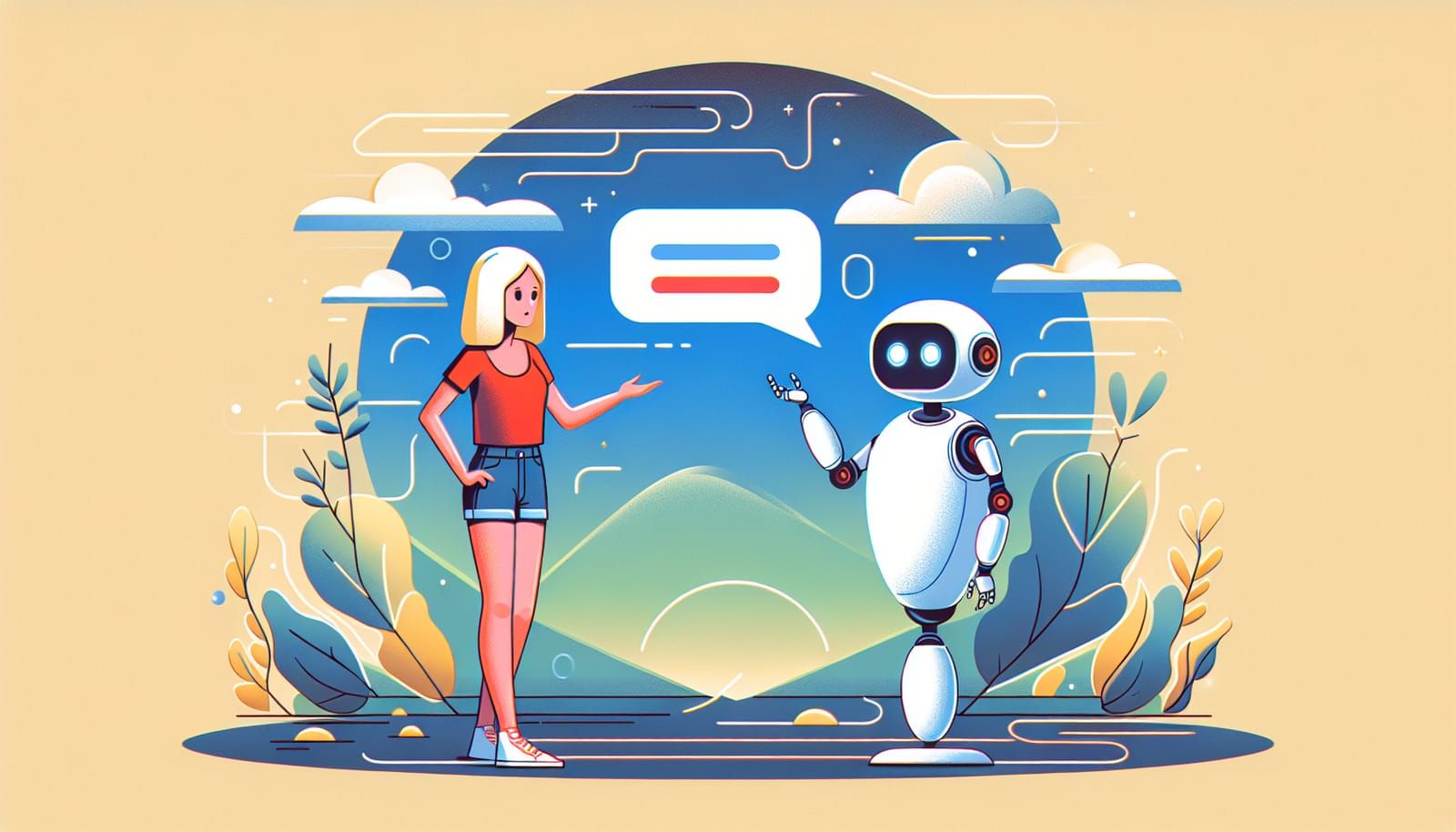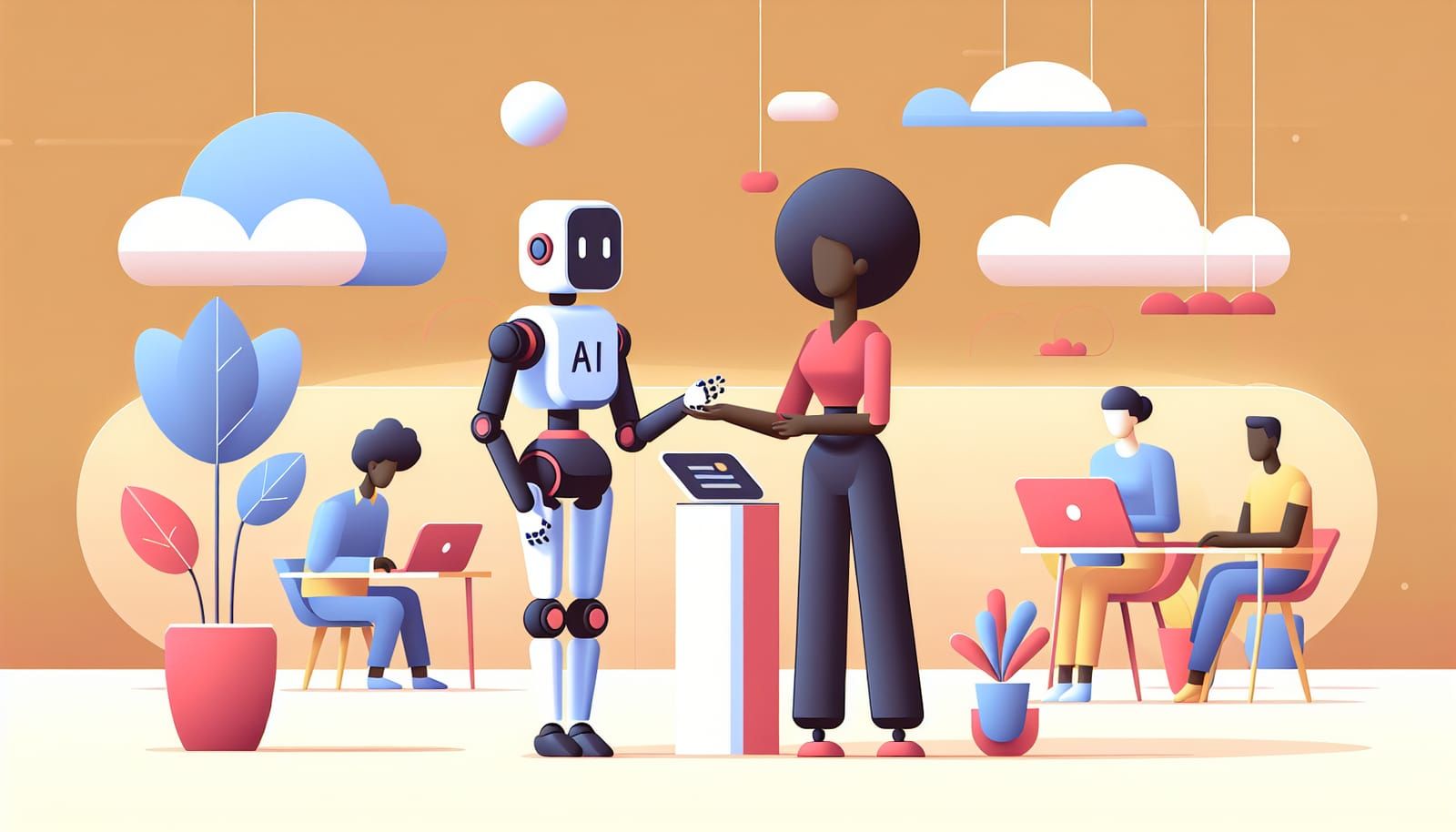Artificial Intelligence (AI) is one of the most exciting advancements in technology today. From chatbots that help you order pizza to self-driving cars that promise to change how we travel, AI is everywhere. But with great power comes great responsibility. As AI becomes more integrated into our lives, ensuring it behaves in a safe and responsible manner is crucial. This is where the concept of "guardrails" comes into play. So, what are guardrails in AI, and do they really work?
Understanding AI and Its Potential Risks
To appreciate the importance of guardrails, we need to first understand what AI is. Simply put, AI refers to computer systems designed to perform tasks that usually require human intelligence. This includes things like understanding language, recognizing images, and making decisions.
However, while AI has the potential to greatly enhance our lives, it also poses certain risks. These risks can include making incorrect decisions, exhibiting biased behavior, or even being used maliciously. This is where guardrails come into the picture; they help keep AI on the right track, ensuring it behaves safely and ethically.
What Are Guardrails?
Guardrails in AI are guidelines or safety measures put in place to ensure that AI systems operate within acceptable limits. Just like guardrails on a highway prevent cars from veering off the road, AI guardrails aim to prevent AI systems from making harmful or unethical decisions.
These guardrails can take many forms, including:
Ethical Guidelines: These are principles that dictate how AI should be developed and used. For instance, ensuring that AI systems are transparent and do not discriminate against any group of people.
Technical Constraints: These are built into the AI itself. For example, an AI program might be designed to only provide information within a certain context or to avoid making decisions about sensitive topics.
Monitoring Systems: Regular checks and balances can be implemented to monitor AI behavior. If an AI system starts to act inappropriately, these monitoring systems can trigger alerts or shut it down.
Human Oversight: This involves having humans in the loop to oversee AI decisions, especially in critical areas like healthcare or law enforcement. If an AI system makes a questionable decision, a human can step in to correct it.
How Do Guardrails Work?
Guardrails work by creating boundaries for AI behavior. To illustrate this, let’s use an example: imagine a self-driving car. The car's AI must navigate roads, obey traffic signals, and ensure passenger safety.
Guardrails for this AI might include:
Speed Limits: The AI is programmed to adhere to speed limits, preventing it from driving too fast and endangering passengers and pedestrians.
Obeying Traffic Signals: If the AI encounters a red light, it must stop, and if it sees a stop sign, it must come to a complete halt.
Emergency Protocols: In case of an emergency, the AI has pre-defined responses, like slowing down or finding an alternate route.
By using these guardrails, the AI can safely navigate roads while minimizing risks.
The Effectiveness of Guardrails
Now that we know what guardrails are, the big question is: do they actually work? The effectiveness of guardrails in AI depends on several factors:
Design and Implementation: If the guardrails are poorly designed or implemented, they may not function as intended. It’s crucial for developers to carefully consider how to build these safety measures into AI systems.
Continuous Monitoring: AI systems need to be monitored regularly to ensure they behave as expected. This means being open to updates and modifications over time based on real-world experiences.
User Feedback: Engaging users and stakeholders in the development process can provide valuable insights and help improve the effectiveness of guardrails.
Cultural and Ethical Context: Different cultures may have different ethical standards. Guardrails should be flexible enough to accommodate these differences to ensure AI systems act respectfully and appropriately across various contexts.
While there have been cases where guardrails in AI have been successful, such as in healthcare applications that assist doctors, there have also been instances where AI has behaved in unexpected ways, leading to questions about the effectiveness of existing guardrails. This highlights the importance of ongoing research and development in creating robust AI safety measures.
Future of Guardrails in AI
As AI technology continues to evolve, the conversation around guardrails will only grow. Experts are exploring new ways to enhance safety and ethical standards in AI. Here are a few trends to watch:
Dynamic Guardrails: These are adaptable and can change based on new data or circumstances. This means that as AI learns from its environment, its guardrails can also evolve to ensure safer operation.
Collaborative AI: In the future, AI may work more collaboratively with humans, allowing for a more interactive decision-making process that aligns with human values and ethics.
Global Standards: As AI technologies spread worldwide, there’s a growing push for international guidelines and standards to ensure AI development is responsible and ethical across different countries.
Guardrails in AI are essential to ensuring that these powerful tools operate safely and ethically. They serve as protective measures that guide AI systems, keeping them aligned with human values and societal norms. While there’s still much work to be done, the future of AI with effective guardrails looks promising.
Whether you’re a tech enthusiast or someone just starting to explore the world of AI, understanding the concept of guardrails can help you appreciate the importance of creating responsible technology. As we continue to innovate and embrace AI in our daily lives, let’s make sure we do so with safety and ethics in mind.
In the end, AI has the potential to transform our world, and with the right guardrails, we can ensure that this transformation is a positive one for everyone.


